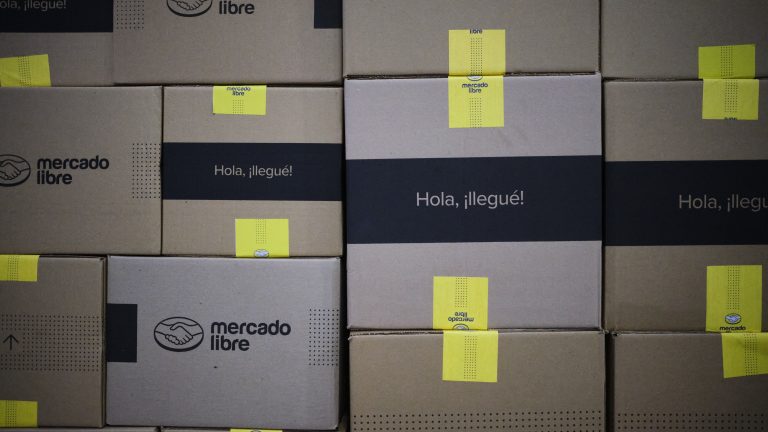MercadoLibre seems to be in the business of bucking trends. As the world of tech slows down in the wake of a funding crunch, and reels from the crash of SVB, the Argentine e-commerce company is in the midst of a growth spurt. It recently announced that it would be hiring 13,000 people across Latin America.
MercadoLibre — or Meli, as its stock exchange initials and fans call it — is one of the region’s oldest “proper” tech companies, most often compared to Amazon. By most metrics, the Latin American titan seems to be winning the e-commerce race in Latin America.
In almost every country it enters, MercadoLibre is the dominant force. In Brazil, MercadoLivre (the company’s local brand name) made a record income of $164.7 million last year. It’s now increasing investment to further consolidate its dominance, while Amazon’s progress has been more in line with the country’s sluggish economic performance.
In markets where Amazon was strong, thousands of layoffs now loom, including in Costa Rica where the company was expansive for years.
In Argentina, MercadoLibre has built for itself in its native country an untouchable fortress — with parts of the economy so intertwined with the company, that at one point, seven out of every 10 packages sent via the Argentine postal service were MercadoLibre orders. Amazon has announced no plans to enter Argentina any time soon.
But the competition between the two companies can often feel a bit forced. Amazon may not be crushing Meli on its home turf, but compare the total size of each company and MercadoLibre’s dominance over Latin America becomes a bit of a case of “big fish in a small pond.” Currently at under 45% of its pre-pandemic peak of $2 trillion, North American sales have been driving Amazon’s valuation back up past the trillion-dollar mark in the past months. That sits well ahead of MercadoLibre’s $64.43 billion overall valuation.
But their differences go beyond raw size. Though both companies are often defined as e-commerce operations, in truth, over the past half-decade they have branched out into very different (and often more profitable) niches.
Amazon is now also a web services titan with AWS, while MercadoLibre has doubled down on Latin America’s biggest tech pain-point: digital payments. Mercado Pago, an add-on for online payments launched in 2003, has become the company’s most profitable branch, spinning off into fintech, credit cards, and payment terminals.
It feels fitting that Amazon and MercadoLibre have differentiated enough to become somewhat dependent on each other: Mercado Pago is now a major customer for AWS, through which the fintech firm runs much of its Big Data processing.



